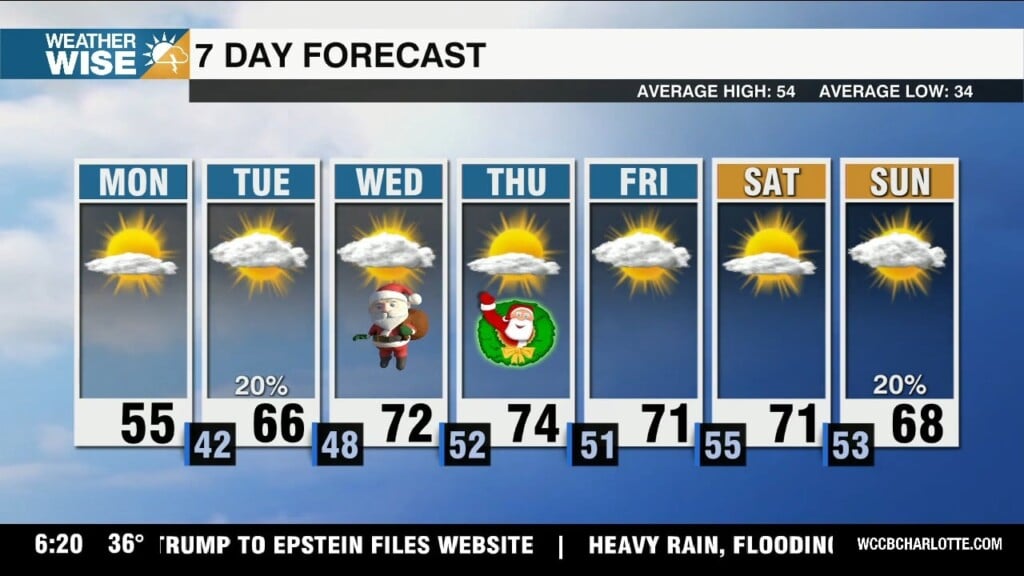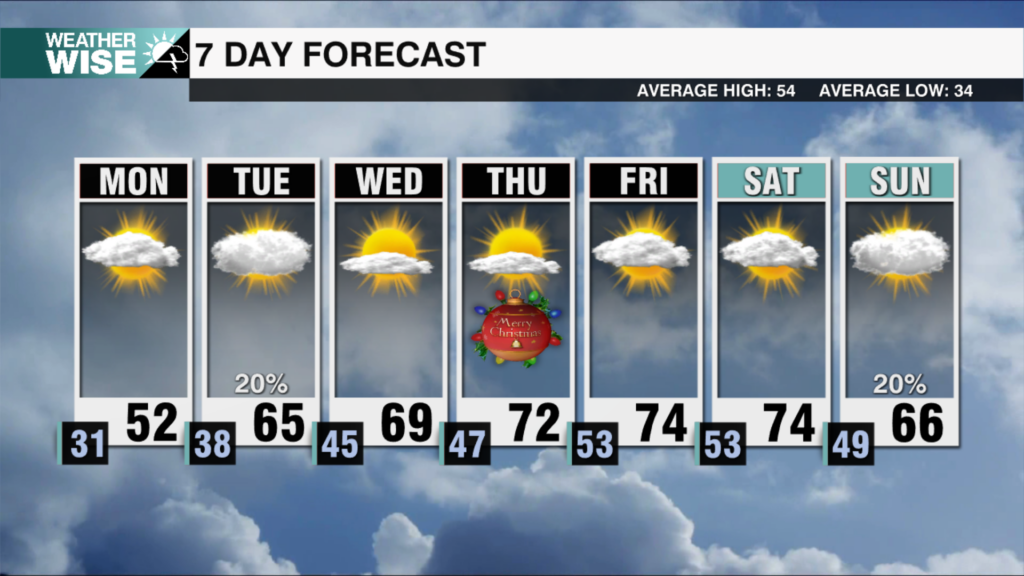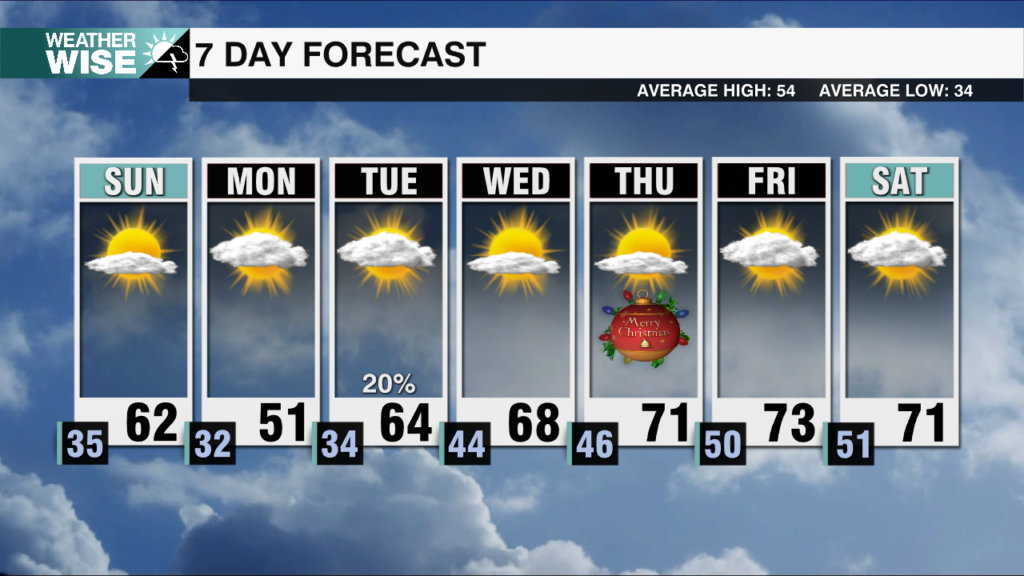Bradford Pear: Beautiful, Smelly, Dangerous?
The Bradford pear is an invasive species that has the potential to wreak havoc on our local biodiversity.
CHARLOTTE, N.C. — Bradford pears are blooming all across the Carolinas this week. They’re beautiful this time of year, but some say they smell like rotten fruit, dying fish, and well… things that aren’t appropriate to air on TV.
And the odor isn’t the only problem with these white wonders.
The trunk and branch system of the Bradford pear is notoriously weak, opening it up to damage from wind and ice, which can cause problems for people and property.
“In my ideal world, I would love to see no more Bradford pears in the city of Charlotte,” says Charlotte arborist Laurie Reid. “Not a tree we want to have anymore.”
Reid says the Bradford pear is an invasive species that has the potential to wreak havoc on our local biodiversity.
“Where it grows, nothing else will grow in that area. And the new trees that grow have very long, sharp spines… because insects don’t feed on them, it’s not a good food source for caterpillars, which birds eat the caterpillars and raise their young on them. It’s kind of like a biological desert.”
“It doesn’t do a whole lot for our ecosystem.”
So, how do we fight back against this troublesome tree? Both North and South Carolina have partnered with local agencies to get to the root of the problem.
“They’ve created this Bradford pear bounty,” Reid tells us. “And so, what they’ve done is they’re going to different cities in the state, and if you remove a Bradford pear tree from your yard, you show evidence that the tree was there and the tree was removed, and then you can get a free tree to replant back in its place.”




